
Nature's Calendar
Help monitor the effects of climate change on wildlife near you. Your records contribute to a growing body of evidence on global warming.
Add your wildlife recordings
Citizen science officer
Chiffchaffs and willow warblers will start to arrive on our shores soon. Do you know how to tell the difference? Both species are phylloscopus warblers which means they are in the same family so look extremely similar. Many people struggle to tell them apart! Here are our top tips.
They both have greyish green and white plumage with no striking features. They are small birds with slender legs and bill.
The easiest way to tell these two birds apart is by leg colour. Chiffchaffs have black legs and willow warblers have light brown legs. This isn’t a foolproof method though, so there are a few other distinctions, if they’ll sit still long enough!
They have very different calls. Chiffchaffs say their own name, while willow warblers sing a tinkling, descending phrase that ends in a slight flourish. This is repeated endlessly by birds arriving in the spring.
Listen to the distinctive song of a chiffchaff
Listen to the distinctive song of a willow warbler
Chiffchaffs are associated with mature deciduous woodland with dense understory scrub during the breeding season.
Willow warblers can be found in wooded or partly wooded habitats almost anywhere, although birch woodland areas and willow scrub are particularly favoured.
It must be noted that while on passage both birds can be found anywhere.
The Nature’s Calendar project tracks the effects of weather and climate change on wildlife across the UK – its records date all the way back to 1736! Chiffchaffs and willow warblers arriving in the UK are just two of 69 wildlife species recorded for the project.
From previous years' data, we would expect to start seeing chiffchaffs from early March and willow warblers from early April.
Join Nature’s Calendar to record your sightings - every record is crucial and valid. The data recorded helps us to better understand the effects of climate change and other patterns in the natural environment. By taking just a few minutes to share what you see, you'll be adding to hundreds of years' worth of important data. We couldn't do this work without you!

Help monitor the effects of climate change on wildlife near you. Your records contribute to a growing body of evidence on global warming.
Add your wildlife recordings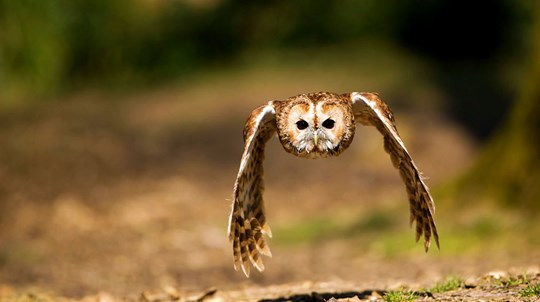
Trees woods and wildlife
Find out more about our declining woodland bird populations, and how protecting woodland habitats is more important than ever.
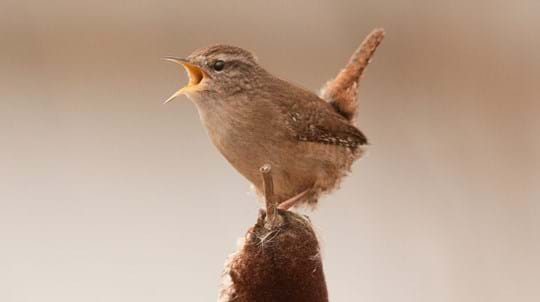
Blog
Kayleigh Jacobs-Rutter • 13 Feb 2024
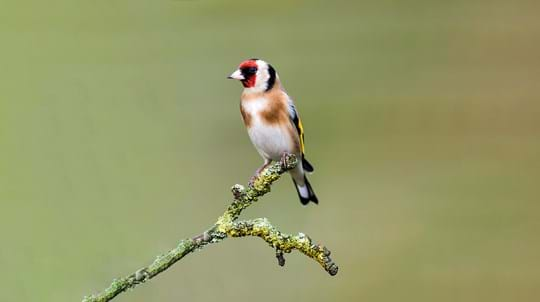
Blog
Amy Lewis • 28 Feb 2019
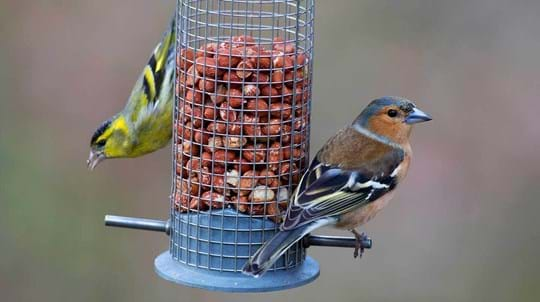
Blog
Hannah Vickers • 21 Mar 2019
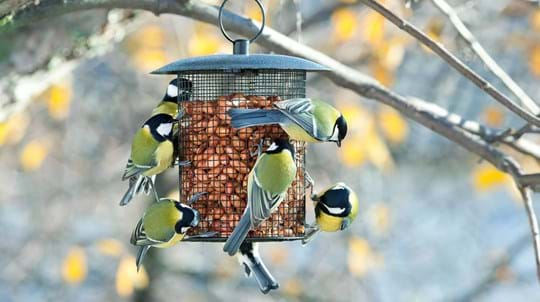
Blog
Amy Lewis • 22 Feb 2018
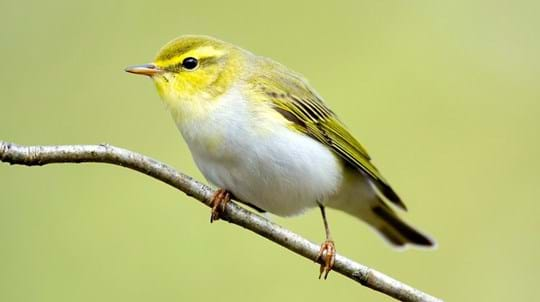
Blog
Charlotte Varela • 10 Apr 2019
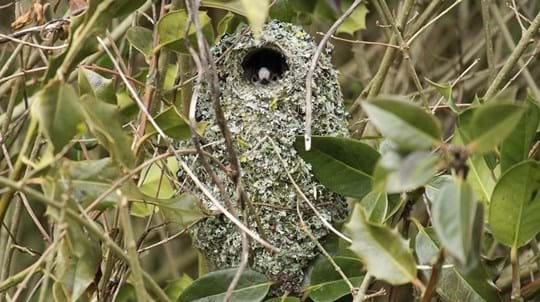
Blog
Hannah Vickers • 17 Jan 2019